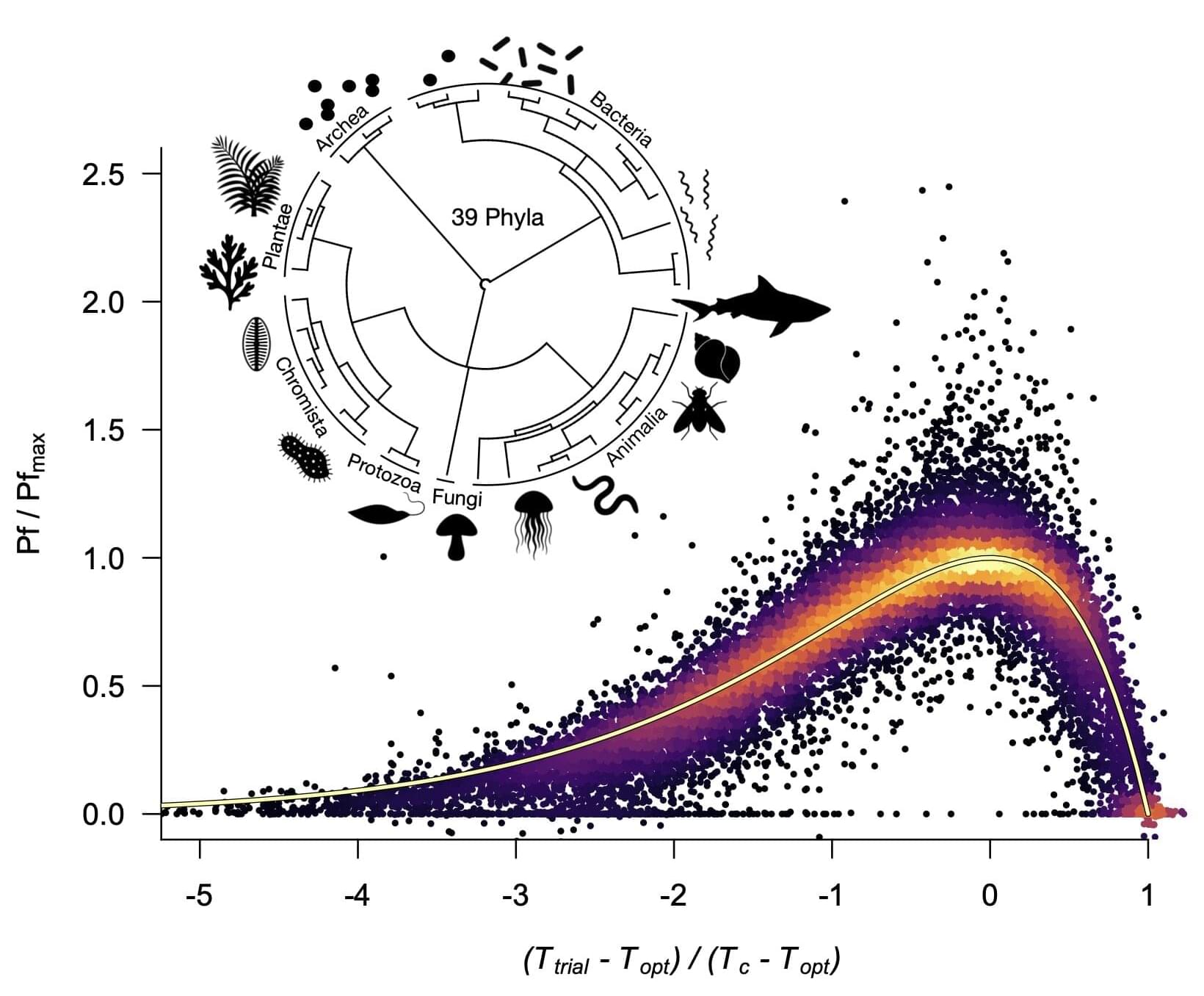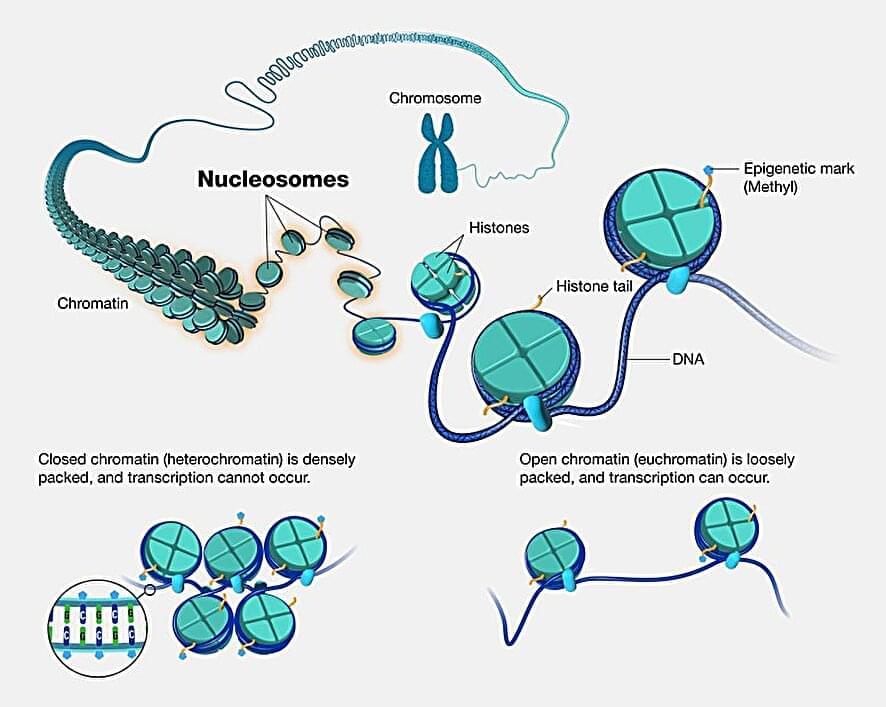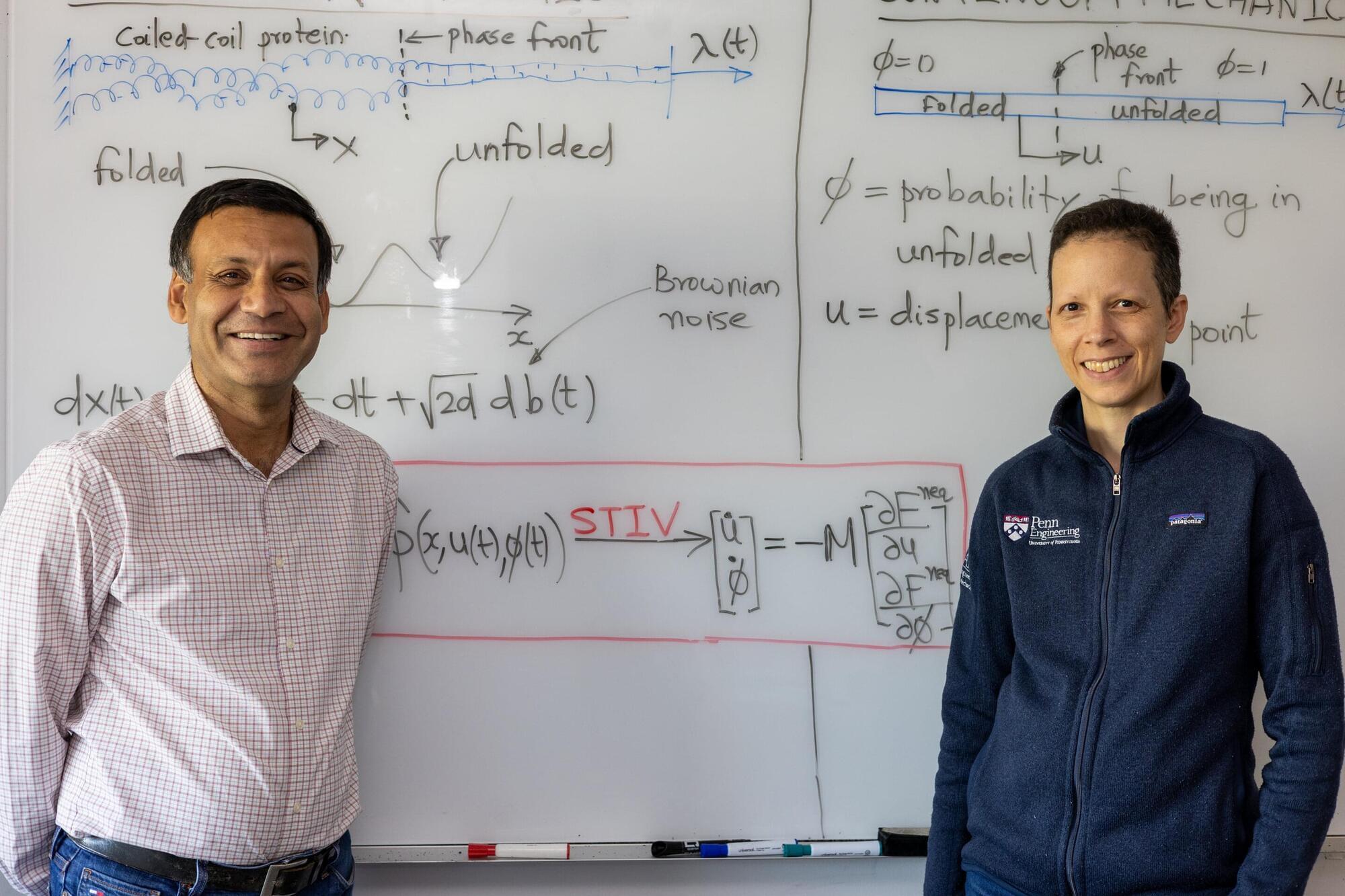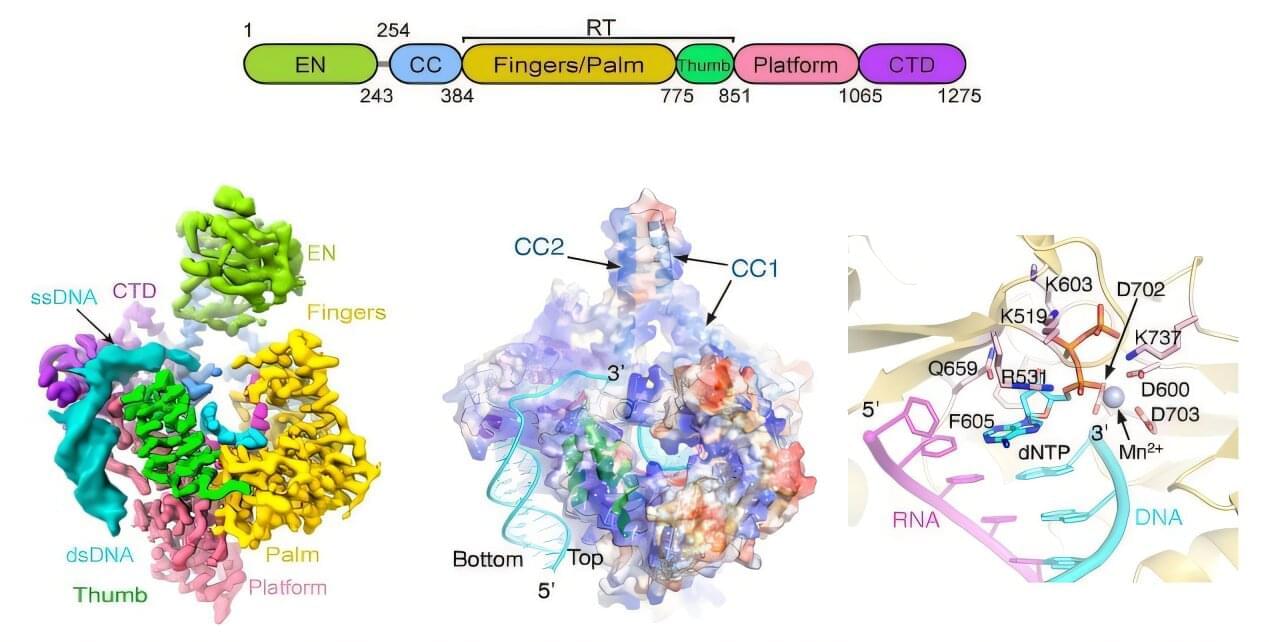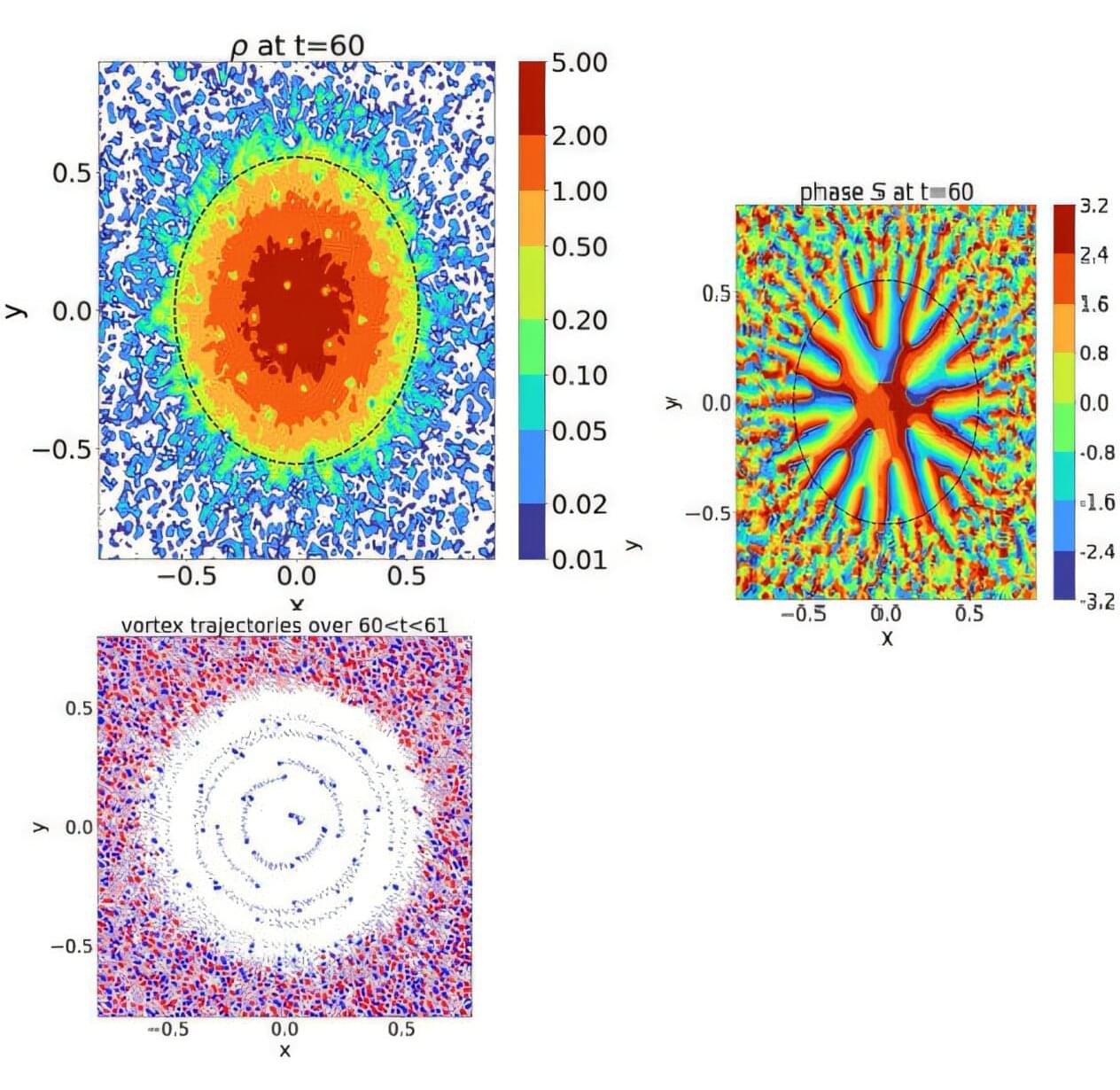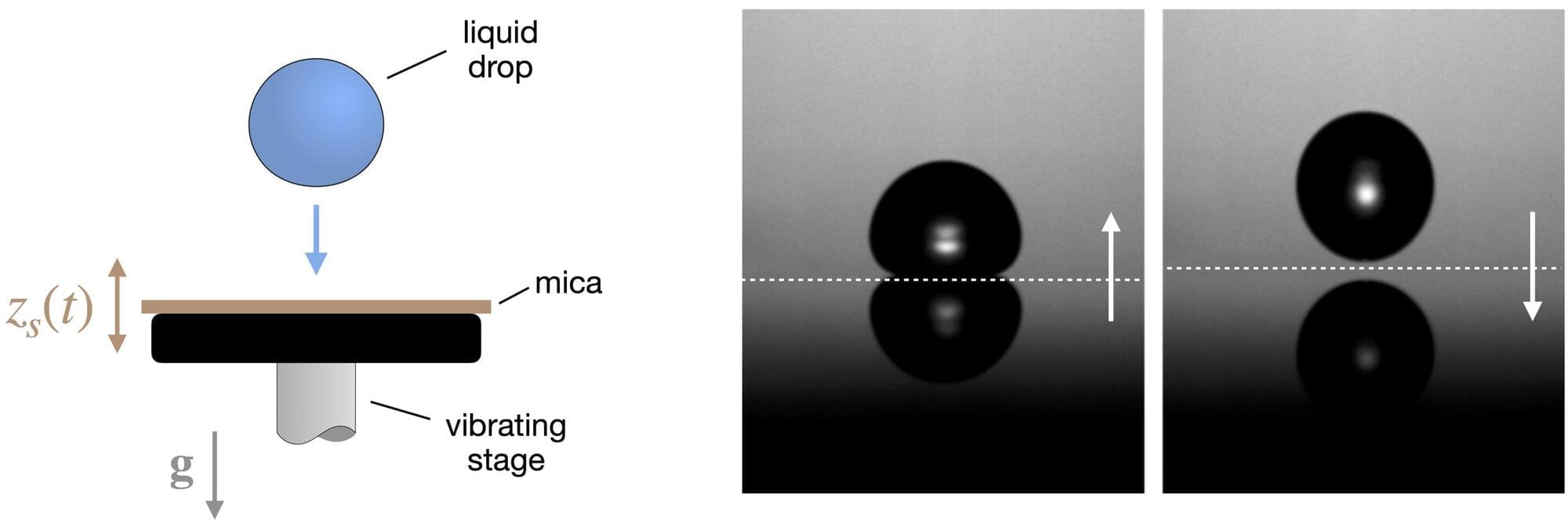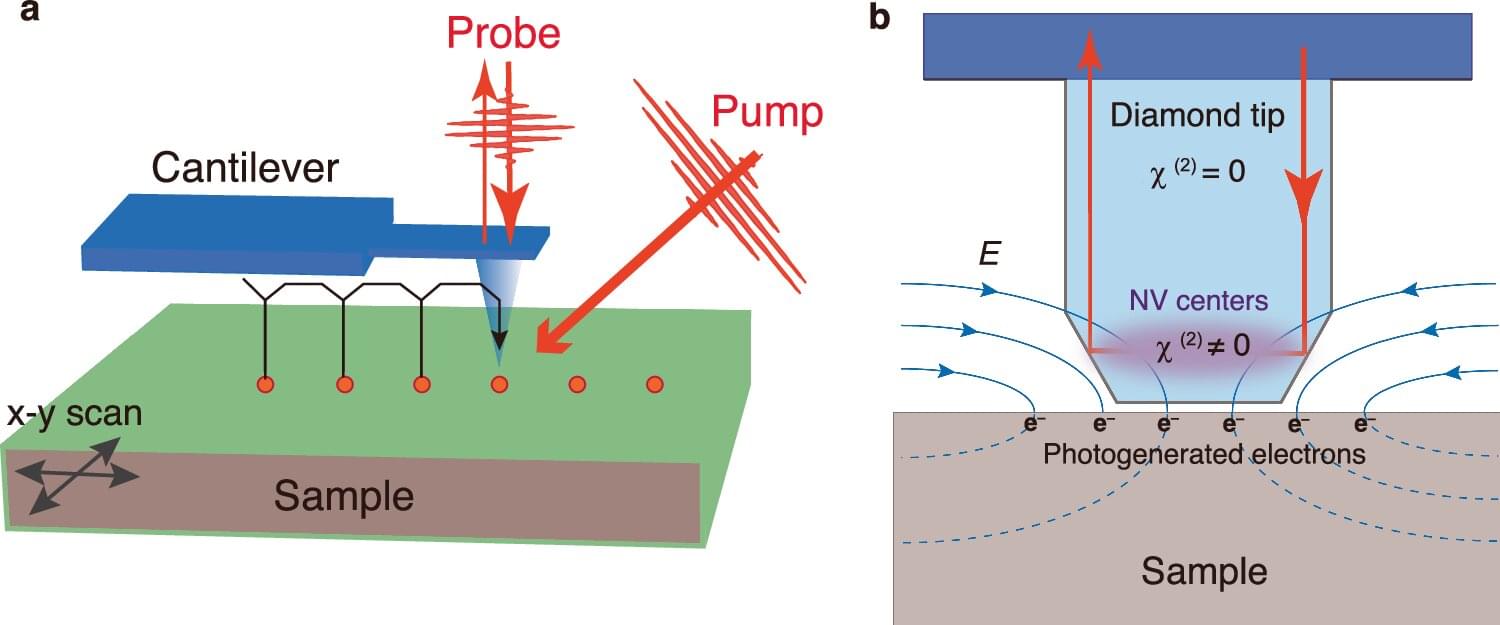Scientists from Trinity College Dublin have unearthed a universal thermal performance curve (UTPC) that seemingly applies to all species and dictates their responses to temperature change. This UTPC essentially shackles evolution as no species seem to have broken free from the constraints it imposes on how temperature affects performance.
All living things are affected by temperature, but the newly discovered UTPC unifies tens of thousands of seemingly different curves that explain how well species work at different temperatures. And not only does the UTPC seem to apply to all species, but also to all measures of their performance with regard to temperature variation—whether measuring lizards running on a treadmill, sharks swimming in the ocean, or recording cell division rates in bacteria.
Crucially, the new UTPC shows that as all organisms warm, performance slowly increases until they reach an optimum (where performance is greatest), but then, with further warming, performance quickly declines.
